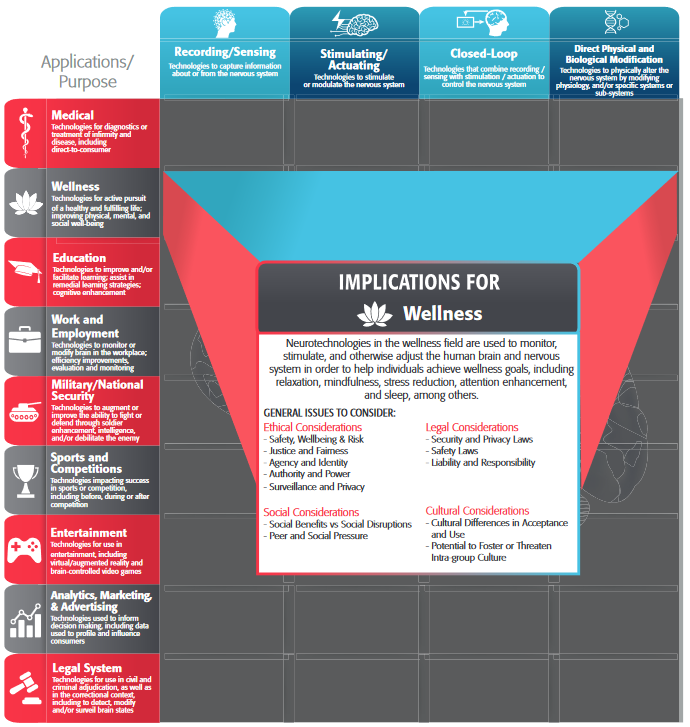Capturing Touch for Prosthetic Limbs Through Artificial Skin
RESEARCH
Luke E. Osborn and Nitish V. Thakor
Those living with upper limb differences face numerous challenges, including lost limb movement and dexterity as well as missing sensory information during object manipulation. From a user’s perspective, upper limb prostheses still have several issues with control, general discomfort from the socket, and lack of sensory feedback 1. Significant efforts have resulted in sophisticated algorithms for decoding intended prosthesis movements along multiple degrees of freedom that have enabled amputees to regain more dexterous prosthesis control 2. Another seminal advancement is targeted muscle reinnervation surgery 3, which targets nerves to different intact muscle groups such as on the chest to provide a source of well differentiated myoelectric signals for prosthesis control.
The Cybathlon BCI race highlights mutual learning as the roadmap to translational non-invasive motor imagery BCI
RESEARCH
Serafeim Perdikis, Luca Tonin, Sareh Saeedi, Christoph Schneider, José del R. Millán
The Cybathlon competition has been the first ever international championship for disabled individuals competing with assistive devices1. Held in Zürich, Switzerland in October 2016, it featured the Brain-Computer Interface (BCI) race as one of its most innovative disciplines2. The Cybathlon BCI race aspired to accelerate the development of BCI technology, promote end-user and public awareness, as well as to attract funding agencies and entrepreneurs. The discipline consisted of a virtual race game called “Brain Runners” (Figure 1), where four brain-controlled avatars could be pushed towards the finish line by means of (up to) three mental commands. These commands should be issued by the “pilot” exclusively on suitable color-coded areas (spin on cyan, jump on magenta and slide on yellow “pads”). Pilots should also be able to “idle” and avoid any command delivery on additional white pads. Erroneous commands would slow down the pilot’s course down the race track, which consisted of sixteen consecutive pads (four of each type) placed in random order. Brain Runners has been designed to assess all those skills that are considered crucial to allow BCI in real-world scenarios, while also being attractive to Cybathlon’s live audience. Eleven teams representing BCI research groups from around the world have participated in the competition.
Viva Las Vegas: Insights from the Int Conference on Consumer Electronics and CES 2018
STUDENT CORNER
Anya Stetsenko, N. Nan Chu
The IEEE Brain Initiative kick-started the Brain Data Bank (BDB) Challenges and Competitions at the Pavlov Institute of Physiology, St. Petersburg, Russia, on June 26 & 27, 2017. Anya Stetsenko was one of the first participants, on the winning group, Team 1.1.1.1.1.
Cortico-Striatal Circuits are a Key Component of Learning in brain-machine interface tasks
RESEARCH
Ryan Neely, Aaron Koralek, Vivek Athalye, Rui Costa, Jose Carmena
Establishing a functional link between the human nervous system and computer systems could enable a broad range of applications, from medical treatments to consumer-focused products. Brain-machine interface (BMI) technologies have shown early promise in restoring communication and movement capabilities to paralyzed individuals, and there remains a strong research as well as commercial interest in developing these technologies further. Many BMI systems work by measuring neural signals, and “decoding” these signals to produce activity in an artificial effector- for example, a computer cursor or robotic appendage…
Wearable Microwave Imager and BMI Development
RESEARCH
Joel Libove, David Schriebman and Mike Ingle
Ultrawideband microwave pulses having widths of 20-50 picoseconds can penetrate the skull and travel into deep brain tissues. Recently developed radar integrated circuits can generate customizable pulses, launch them into the cortex, and monitor the resulting reflections from brain tissue boundaries. The amplitude of these reflections varies slightly, in real time, due to metabolic changes in brain tissue undergoing localized activity, enabling functional activity to be spatially mapped. The arrival time of these reflections also varies with the pulsation of arterial walls, additionally facilitating real-time imaging of neurovascular structures. A helmet under development, with 128 dual-channel radar ICs shows promise for enabling a wearable brain machine interface.


